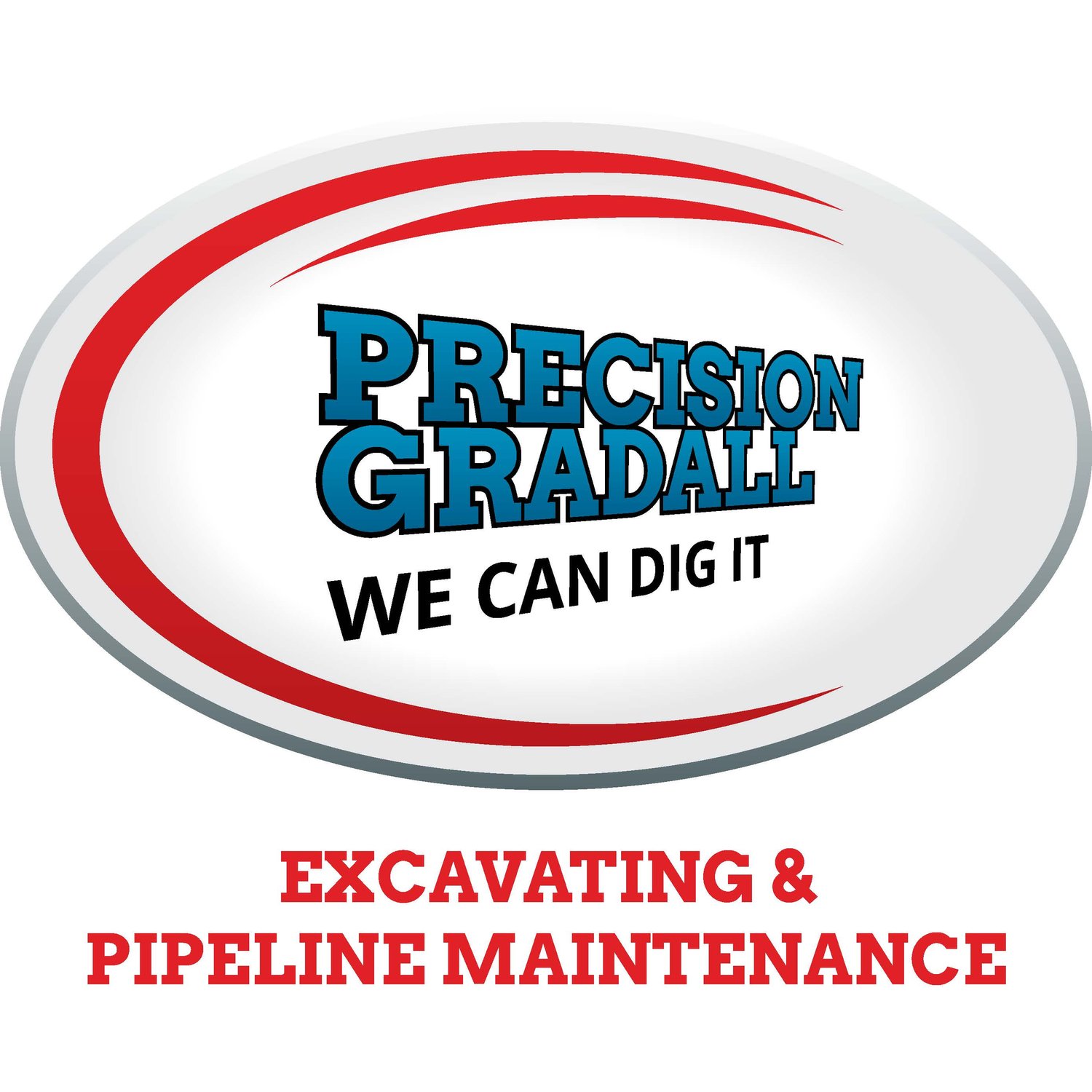How Do Pipeline Integrity Digs Ensure the Safety of Pipes?
Pipelines are the most common and efficient way to transport liquid and volatile substances such as water, crude oil, and natural gas. However, a small leak or a rupture in them can be dangerous to life, property, and the environment.
Pipeline incidents such as spills and leaks are happening more and more as the facility and ROW infrastructure become older. More serious events such as explosions and fires can also occur if there is a release or line strike.
As per the Transportation Safety Board of Canada's preliminary transportation occurrence statistics for 2018, 109 pipeline incidents were reported that year. Among these, a major rupture and fire on a 36-inch pipeline carrying sweet natural gas was also reported on October 9, 2018 in British Columbia.
With such hazards involved, pipeline integrity digs are critical. They ensure the pipes remain safe for people, the environment and also for better pipeline maintenance.
What is a pipeline integrity dig?
Pipeline integrity dig is the process of making sure a pipeline operates in a safe, reliable, and sustainable manner. Pipeline companies such as Precision Gradall have pipeline integrity management programs to help them detect potential problems and fix them. We perform integrity digs in Alberta and its neighboring provinces to ensure pipeline incidents are minimized or eliminated.
How is a pipeline's integrity assessed?
A pipeline's integrity can be assessed by in-line inspections, sensors or hydrostatic testing of the pipe. During an in-line inspection, innovative tools are used to detect, locate, and determine anomalies such as cracks, corrosion, or changes to the pipe's shape. The tool is called a “smart pig”, and is propelled through the pipeline, providing detailed information about the exterior and interior of the pipeline. Sensors can provide information for detection, location, and assessment of structural damage caused by loading events and environmental deterioration.
Hydrostatic testing is used to determine if the pipeline has leaks or ruptures. Here, the pipeline is filled and pressurized with water and then tested for irregularities.
Tools used to maintain the integrity of pipelines
Several tools are utilized by pipeline companies in this regard. Some are listed below:
Cathodic protection: A small electric current flows through the ground moisture to the pipeline and redirects the corrosion into anodes.
Coatings: A protective barrier that safeguards the pipeline against corrosion.
SCADA technology: Short for Supervisory Control and Data Acquisition technology systems that sends warning signals in case of any anomalies or problems
Smart PIG: Smart pipeline inspection gauges (PIGs) are used by pipeline operators to assess the interiors of the pipelines. These tools travel down the pipelines for inspection or maintenance purposes.
Pipeline integrity dig process
If some problems are detected during the pipeline’s integrity test, it has to then undergo an integrity dig process. This has the following steps:
1. Assessment: An assessment of the environment and a dig site survey must be done before digging up any section of the pipe. This is done to locate a safe work perimeter. Based on the assessment, the exact location for the dig is determined and a detailed dig drawing is provided.
2. Timeline: After the completion and documentation of the assessment, the operator plans a dig timeline and obtains the necessary permits.
3. Excavation: After the timeline has been developed, the pipes are carefully exposed using manual excavation, mechanical excavation or hydro excavation.
4. Inspection: After the excavation has been performed, the pipe coating is removed and non-destructive methods are used to examine the pipe. Then, problems and
anomalies are verified.
5. Repairs: Based on the inspection, necessary repairs are performed to enhance the efficiency of the pipeline and make sure the local area is safe. A reliable pipeline operator takes any anomaly in the pipe very seriously regardless of its size. Sleeves are welded over the problem area or a cut-out is performed, and a replacement section is welded in.
6. Protection: After the pipeline has been repaired, the area is recoated to protect it during the restoration and after it is put back into use.
7. Restoration: After coating and wrapping the pipe, the operator backfills the area and restores it to its original status.
Apart from pipeline integrity digs, Precision Gradall also provides facility integrity management services as well as equipment on rent for commercial, industrial, and residential construction.
In 2011, Precision Gradall bagged the Edmonton Area Pipelines and Utilities Contractor Safety Award. Alberta Road Builders named it the Winner of Zero Lost Time Employer Up to 50,000 Man Hours in 2015 and 2017.
Precision Gradall is affiliated to the following:
ISNetworld
PICS Contractor Management
Alberta Construction Safety Association
Alberta Road builders and Heavy Construction Association
ComplyWorks
To learn more about pipeline integrity dig services, contact us.

